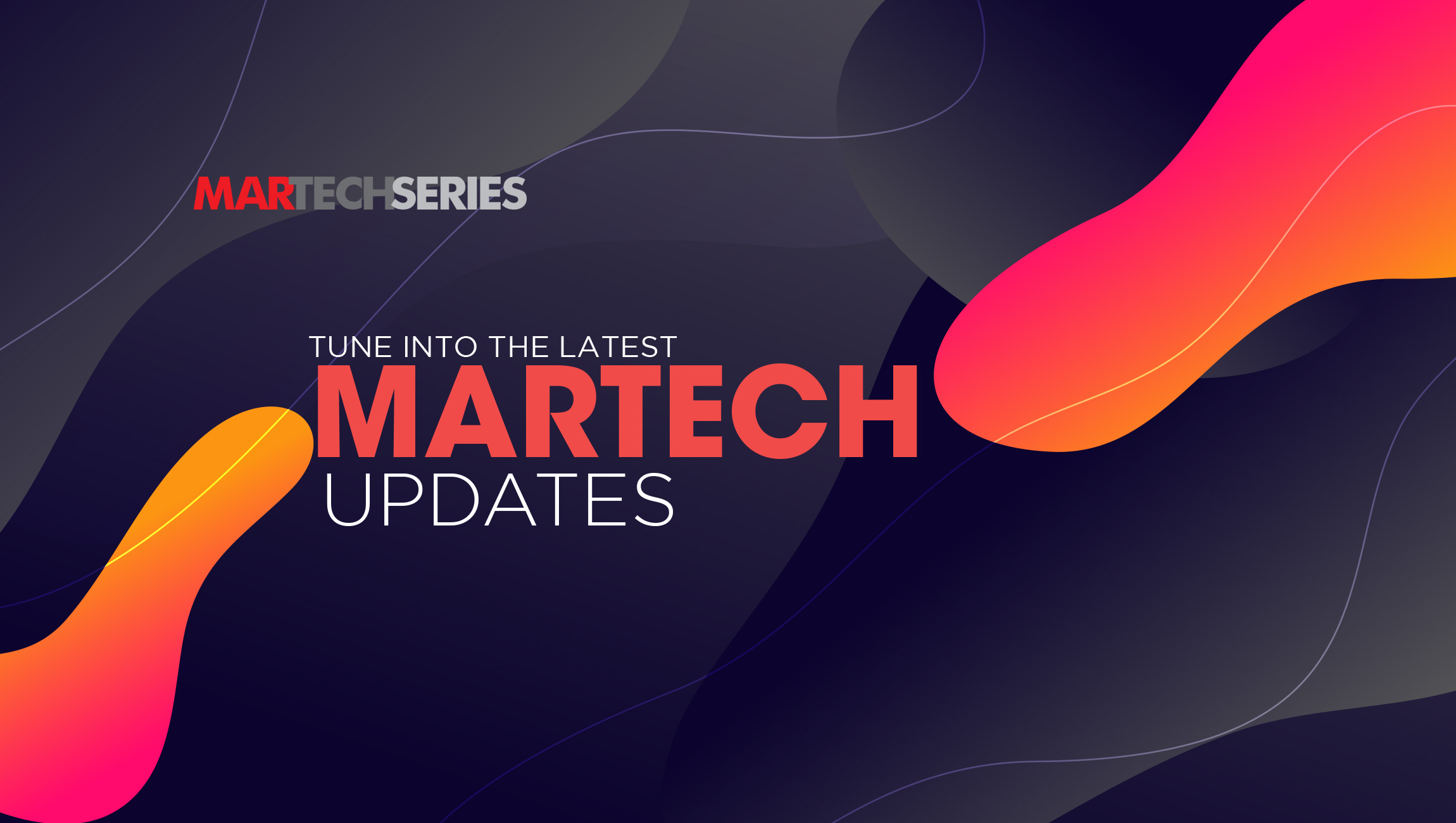TikTok and Instagram user scenarios are entirely different, but many marketers working with TikTok influencers use the same approach as with Instagram creators. Below are the top four mistakes that marketers often make when evaluating TikTok influencers for their marketing campaigns.
They Pay a Lot of Attention to the Number of Followers.
It’s not a good idea to focus on the number of followers on Instagram, either. You should always check audience authenticity. But on TikTok, followers are less critical.
While a video is likely to receive more views if posted by an account that has more followers, neither the follower count nor whether the account has had previous high-performing videos are direct factors in the recommendation system.
At HypeAuditor, we often see that a creator with 10K followers might get less than 100 views. And it’s not because of fraud. In most cases, their early videos were viral, and they grew their follower-base organically. But recent videos are not so impressive, and TikTok does not show them to many people in the For You tab. In this case, we see that an influencer has a sufficient following but a low number of views and reach.
That means that when you are choosing creators for a marketing campaign on TikTok, views matter more. With the median number of views on recent videos, you can estimate the potential reach and overall outcome of the campaign.
If you have an exciting idea and are willing to accept risk, you can choose a creator with a lower number of views and likes on the recent videos and use that argument to bargain on the price.
They Evaluate the Engagement Rate With the Same Approach as on Instagram.
The main amount of video views comes from random TikTok users, not followers. So, it’s not correct to evaluate engagement rate based on the number of followers, as we do on Instagram. On TikTok, it is more accurate to analyze the engagement of people who have actually viewed the creator’s content. Thus, the ER formula will look like – likes + comments+shares/number of views.
The second point: TikTok’s audience is far more engaged. They produce content themselves, as well as like and comment on influencers’ content. Therefore, the engagement rate on TikTok is much higher than on Instagram. On average, 4% of an influencer’s audience engages with their content on Instagram; on TikTok, 17.5% of the audience engages with a creator’s content.
There is a strong negative correlation between the number of followers and the engagement rate on Instagram. The more followers an influencer has, the lower the engagement. On TikTok, we do not see the same correlation. Creators with over 500K followers on average have a higher engagement rate than those with a 20K audience.
Engagement Rate
| Followers | TikTok Average ER (%) | Instagram Average ER (%) |
| 1,000 to 5,000 | 21.10 | 8.11 |
| 5,000 to 20,000 | 18.40 | 4.11 |
| 20,000 to 100,000 | 15.64 | 3.65 |
| 100,000 to 500,000 | 15.53 | 3.27 |
| 500,000 to 1,000,000 | 17.02 | 3,26 |
| 1,000,000 to +∞ | 17.28 | 2.89 |
They Consider Spikes on the Follower Growth Graphs as Fraudulent Activity
In most cases, spikes on the follower growth graph mean that an Instagram creator used some artificial methods to grow their audience. The same shape of a curl on a graph of a TikTok creator more likely indicates that their video appeared on the For You tab.
Interestingly, Karen Chen, the US Olympian, has grown from 15.8K followers to 142K in just one day because her video became viral and got over 14M views. And it’s still growing.
They Are Trying to Find Rising Stars Based on Follower Growth
The follower growth rate on TikTok doesn’t allow us to detect trending creators. There is a weak correlation between views growth and follower growth. Even if a video went viral and gained thousands of views, it doesn’t mean that followers will grow accordingly. We see that followers’ growth on TikTok is much slower and smoother than on Instagram. In contrast, the follower growth rate on Instagram is a good metric to detect trending content and rising stars.
TikTok versus Instagram–two different approaches to content consumption, with different scenarios and approaches. Don’t make the mistakes many marketers make when evaluating them.











